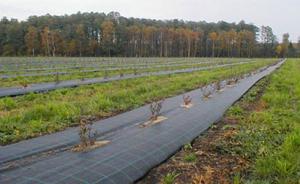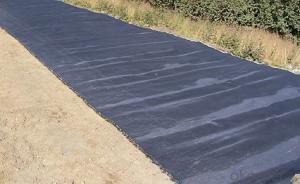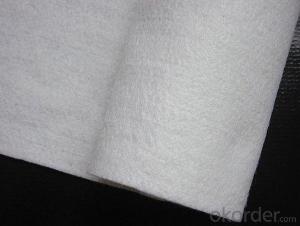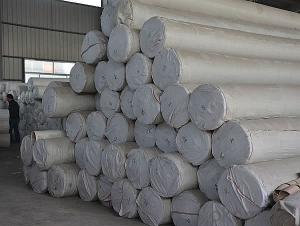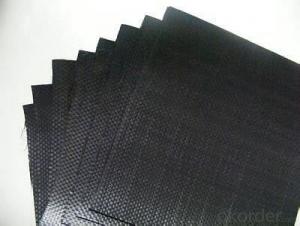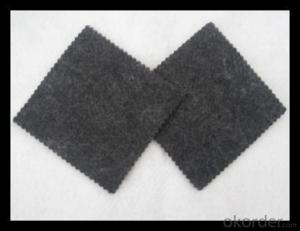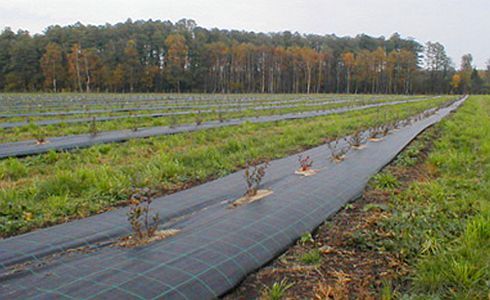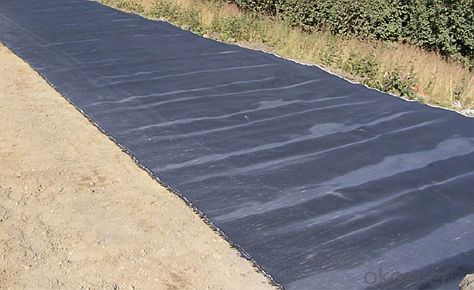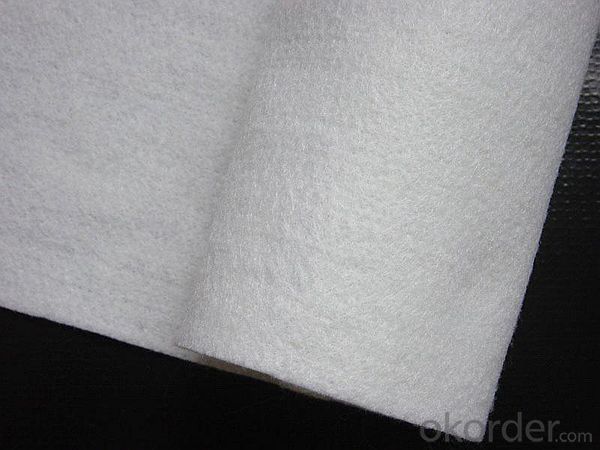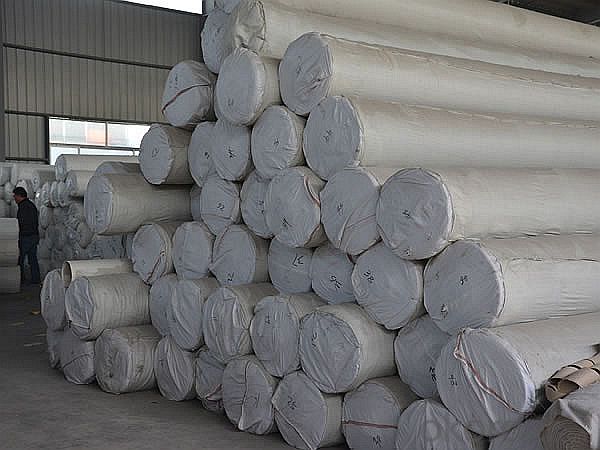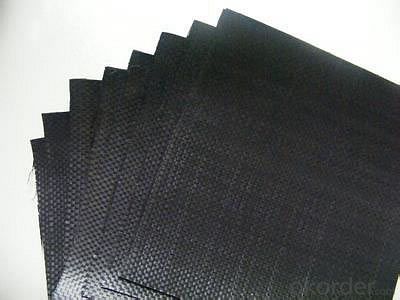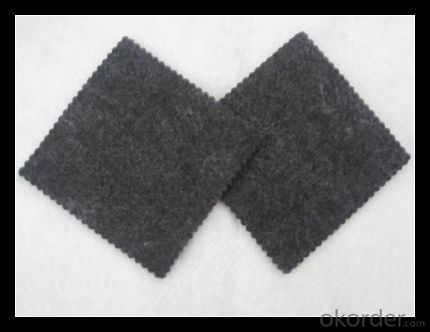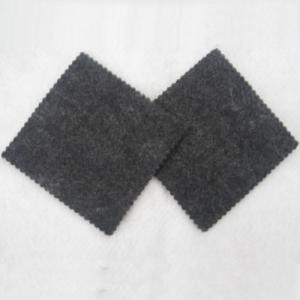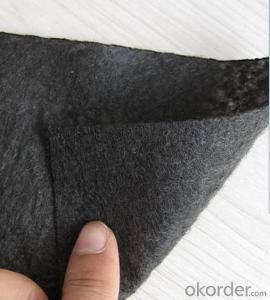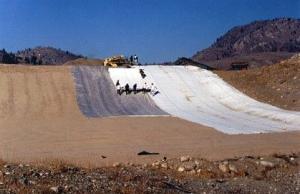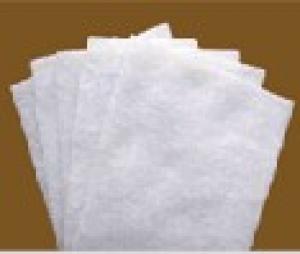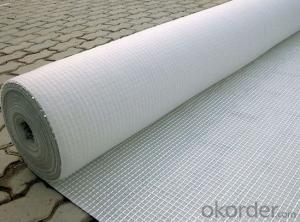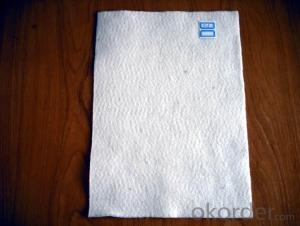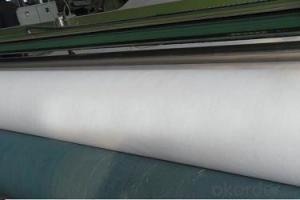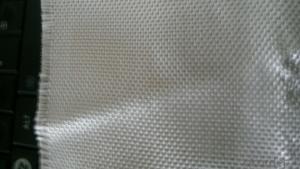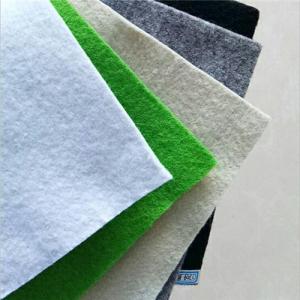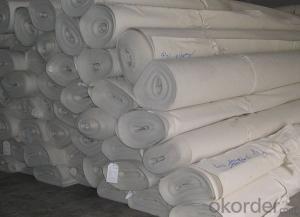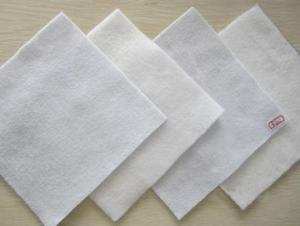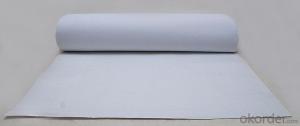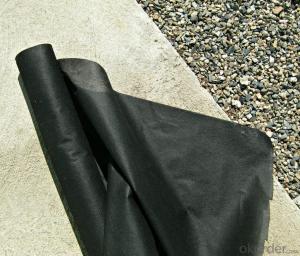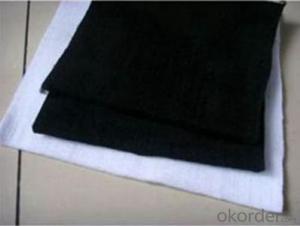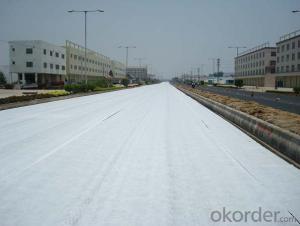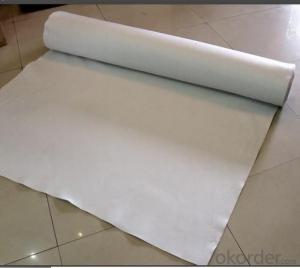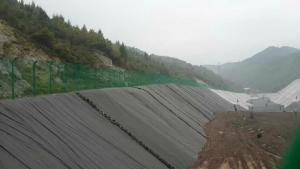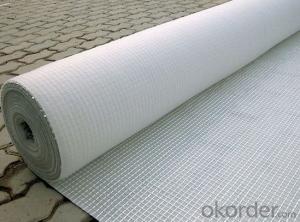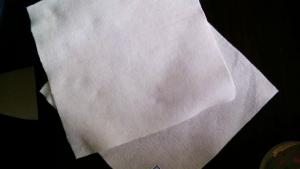Woven Non Woven Polypropylene Geotextile fabrics
- Loading Port:
- China main port
- Payment Terms:
- TT OR LC
- Min Order Qty:
- 1000 m²
- Supply Capability:
- 1000000 m²/month
OKorder Service Pledge
OKorder Financial Service
You Might Also Like
Specification
Non-woven geotextile fabrics are primarily used for projects where highly permeable
separators are required. This includes applications that must allow water to flow while
preventing soil erosion or soil loss.
Non-woven geotextiles are ideal for use in foundation drainage, behind retaining walls and
gabions, in sub-drains, and under rip-rap & armourstone.
Most environmental codes and regulations will require geosynthetic linings for landfill
and waste management projects.
Our non-woven geotextile fabrics contain high-grade polypropylene fibres to provide
physical strength and excellent fluid management properties.

Packaging & Shipping
Packing: PLASTIC FILM INSIDE, AND WOVEN BAG OUTSIDE
Shipping: About 15 days after receipt the deposit
geotextile fabric
permeability,filtration,easy for construction
ISO and CE certificate
Good quality and competitive price
Our Service
Quality assurance
1.On a regular basis or as per your request,we entrust national testing agencies to conduct quality inspections
2. Strictly in accordance with the ISO9001-2008 international quality system standard,we monitor and manage the whole process throughout production,quality testing,and measurement to ensure product quality
3. For quality-related construction delay or substandard construction(except for damage or losses due to customer’s responsibility or irresistible natural disasters),we have refunding,replacement,and repair services.We will respond to customers’ feedbacks on quality issues within 24 hours.
FAQ:
Q: What kind of payments does jenor support?
A: T/T, L/C, Cash are accepted.
Q: Do you charge for the samples?
A: Accordeing to our company policy, the samples are free, we only charge the freight fee. And we will return the freight fee during the next order.
Q: Can you produce according to customers' design?
A: Sure, we are professional manufacturer, OEM and ODM are both welcome.
Q: Do you have other products?
A: Yes, please check the pictures:
- Q: Production of geomembrane equipment which are such as the production of geotextile need to press machine, open charter, carding machine, etc.
- Mixing machine, screw extruder, heating die, circulating fan, traction machine, into a roll machine.
- Q: What are the different design considerations for geotextile applications?
- Some of the different design considerations for geotextile applications include the type and strength of the geotextile material, its permeability and filtration characteristics, its durability and resistance to degradation, the required tensile strength and elongation properties, as well as its installation and maintenance requirements. Other factors to consider include the anticipated loadings and stresses on the geotextile, the expected lifespan of the application, and any specific project requirements or environmental considerations.
- Q: 200g geotextile how much money a square
- Geotextile laying - including the labor costs (according to geotextile specifications and laying conditions and requirements are different), material costs (specific quality requirements and thickness, are not the same ..), mechanical use costs (such as transport, sewing System, hoisting, etc.). The price is different. Sometimes the construction of our geotextile laying, the price per square meter from 9 yuan to 50 yuan range.
- Q: Are geotextiles suitable for high-traffic areas?
- Yes, geotextiles can be suitable for high-traffic areas. Geotextiles are durable and can provide reinforcement to the underlying soil, reducing erosion and enhancing stability. They can effectively distribute the load of heavy traffic and help maintain the integrity of the ground surface. However, the selection of the appropriate geotextile type and specification must be based on the specific requirements and conditions of the high-traffic area.
- Q: Where are geotextiles used?
- Geotextiles are used in various civil engineering and environmental applications, including road construction, erosion control, drainage systems, landfills, and retaining walls.
- Q: How do geotextiles help with asphalt pavement reinforcement?
- Geotextiles help with asphalt pavement reinforcement by providing a strong and stable base for the asphalt layer. They prevent the mixing of different soil layers, distribute loads evenly, and increase the tensile strength of the pavement. Additionally, geotextiles help to reduce cracking, rutting, and other forms of pavement distress, resulting in a longer-lasting and more durable road surface.
- Q: Geotextile effect
- First, the drainage effect: polyester staple acupuncture geotextile has a good water conductivity, it can form a drainage channel within the soil, the soil structure of the excess liquid and gas efflux. Second, the role of contraction: When the water from the fine soil into the coarse soil layer, the use of polyester staple acupuncture geotextile good permeability and water permeability, so that water through, and effectively carrying soil particles, sand , Small stone, etc., in order to maintain the stability of soil and water engineering. Third, the isolation role: the use of polyester staple acupuncture geotextile with different physical properties of the building materials to isolate. So that two or more materials are not lost, not mixed, to maintain the overall structure and function of the material, so that the building capacity to enhance the capacity. Fourth, the role of puncture: and geomembrane combined into a composite waterproof impermeable material, play the role of anti-puncture. High tensile strength, good permeability, breathable properties, high temperature resistance, anti-freeze, anti-aging, corrosion-resistant, not moth-eaten. Polyester staple acupuncture geotextile is a widely used geosynthetics.
- Q: 300g geotextile GB thickness is how much
- 2 to 2.5 mm or so. There are other questions to ask me that I am doing this industry
- Q: Can geotextiles be used for erosion control in construction sites?
- Yes, geotextiles can be used for erosion control in construction sites. They are commonly employed to stabilize slopes, prevent soil erosion, and enhance drainage. Geotextiles act as a barrier, filtering out sediment and allowing water to pass through, thereby reducing the risk of erosion and maintaining the integrity of the construction site.
Send your message to us
Woven Non Woven Polypropylene Geotextile fabrics
- Loading Port:
- China main port
- Payment Terms:
- TT OR LC
- Min Order Qty:
- 1000 m²
- Supply Capability:
- 1000000 m²/month
OKorder Service Pledge
OKorder Financial Service
Similar products
Hot products
Hot Searches
Related keywords
